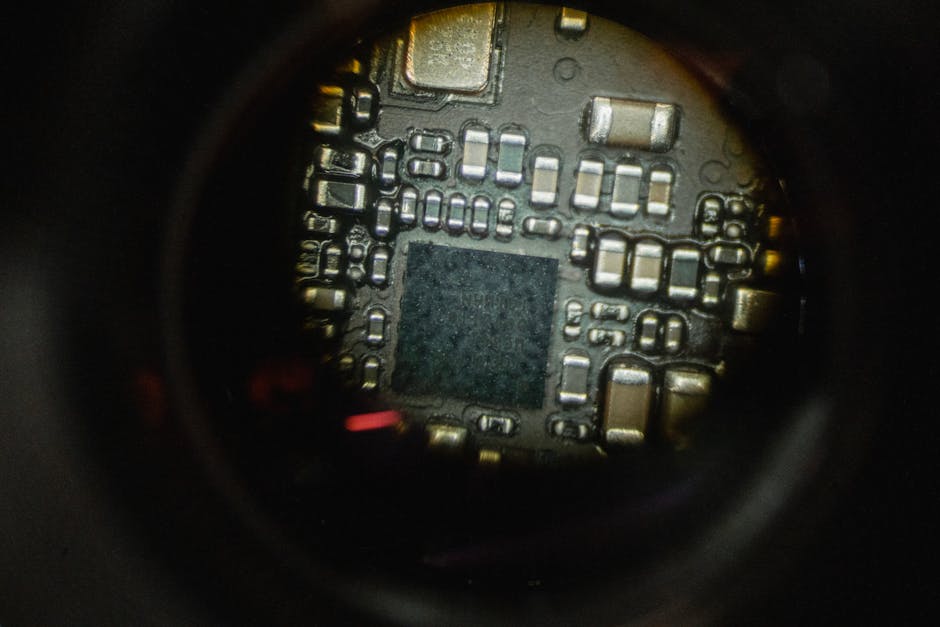Prep Cost Assistance Programs: Support for HIV Prevention
Let’s talk about something that’s making a significant difference in public health: PrEP (Pre-Exposure Prophylaxis). PrEP is a medication designed to reduce the risk of HIV infection, especially for individuals who may be at higher risk. While its effectiveness is remarkable (reducing the risk of HIV transmission by up to 99% when taken consistently) there’s one glaring issue that comes with it: cost.

For many people, the price tag attached to PrEP is a barrier, leaving them vulnerable and without access to this essential preventative care.
This is where PrEP cost assistance programs come into play. These initiatives aim to bridge the gap, ensuring that financial constraints don’t stand in the way of HIV prevention. But how do these programs work, and how can someone access them?
Why Is PrEP So Expensive?
If you’ve ever looked up the cost of PrEP out-of-pocket, you probably experienced a bit of sticker shock. The retail price for a one-month supply can range from $1,800 to $2,000 in the United States. That’s not exactly pocket change for most people. The high cost can be attributed to several factors, including pharmaceutical pricing structures and the fact that it’s a specialty drug.
While some insurance plans cover a portion of the cost, not everyone has access to comprehensive health insurance, or any insurance at all. And even if you’re insured, deductibles and copays can still add up quickly. Someone with a $500 deductible might hesitate to start PrEP simply because they can’t afford the upfront costs.
How Do PrEP Cost Assistance Programs Help?
Thankfully, there are programs designed specifically to make PrEP affordable or even free for those who qualify. These programs are typically sponsored by pharmaceutical companies, state or federal governments, or nonprofit organizations. They vary in eligibility requirements and scope but share a common goal: making HIV prevention accessible.
- Manufacturer Assistance Programs: Pharmaceutical companies like Gilead Sciences offer patient assistance programs (PAPs) for their PrEP medications such as Truvada or Descovy. These programs often provide free medication for uninsured individuals who meet certain income guidelines. According to Gilead, their program covered over 270,000 people in just one year.
- Co-Pay Assistance: For those with insurance but facing high out-of-pocket costs, co-pay assistance cards can drastically reduce (or even eliminate) your copay. Gilead’s co-pay card covers up to $7,200 annually.
- State and Local Initiatives: Many states have launched their own programs to expand access to PrEP. California’s “PrEP Assistance Program” provides medication and necessary lab tests at no cost for qualifying residents. Similarly, New York has an “Ending the Epidemic” initiative aimed at increasing access to preventative services.
- Nonprofit Organizations: Groups like the National Alliance of State & Territorial AIDS Directors (NASTAD) offer resources and support to help people navigate their options. Their website includes a helpful directory of cost assistance programs available across the U.S.
How Can You Apply?
The application process for these programs might seem daunting at first glance, but it’s often more straightforward than people realize. Each program has its own set of requirements, but here’s a general idea of what you might need:
- Proof of Income: Most programs require documentation such as recent pay stubs or tax returns to verify your financial situation.
- Prescription Information: A prescription from your healthcare provider is usually necessary to enroll in these programs.
- Insurance Details: If you have insurance, be prepared to share information about your coverage so they can determine how much assistance you’ll need.
You can often apply online or through your healthcare provider's office. Many clinics that prescribe PrEP are familiar with these programs and can guide you through the process step-by-step. Some even have case managers on staff whose sole job is to help patients secure financial assistance.
A Real-World Perspective
Let’s consider someone like Alex, a young professional living in a major city who recently learned about PrEP through his doctor. Despite having health insurance through work, his plan requires him to meet a $1,000 deductible before covering any medication costs. When Alex did the math, he realized he couldn’t afford PrEP on his current budget without sacrificing other essentials like rent or groceries.
A quick conversation with his doctor led Alex to Gilead’s co-pay assistance program. Within two weeks of applying online and submitting minimal paperwork, Alex received confirmation that his monthly copay would drop from $150 to zero dollars, a game-changer for him financially and emotionally.
The Bigger Picture: Why This Matters
PrEP isn’t just about preventing HIV; it’s about empowering people with control over their sexual health and wellbeing. Cost barriers disproportionately affect marginalized communities (particularly Black and Latino populations) who are already at higher risk for HIV due to systemic inequalities in healthcare access.
A report from CDC highlights that while Black Americans represent 13% of the U.S. population, they account for 42% of new HIV diagnoses annually. Making PrEP affordable and accessible through assistance programs isn’t just good public health policy, it’s an essential step toward addressing these disparities head-on.
Your Next Steps
If you or someone you know could benefit from PrEP but feel held back by cost concerns, don’t wait, start exploring your options now. Talk with your healthcare provider about which assistance programs might be right for you or visit organizations like NASTAD for guidance.
The fight against HIV has made incredible strides thanks to tools like PrEP, but affordability remains a hurdle we must overcome together. With these cost assistance programs in place, no one should have to choose between protecting their health and paying their bills. It’s about breaking down barriers so everyone has an equal shot at living free from fear of HIV transmission.
